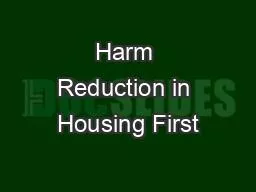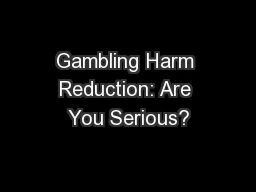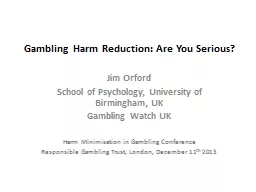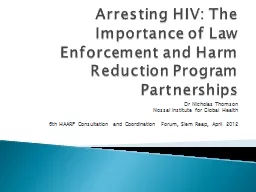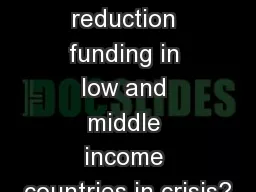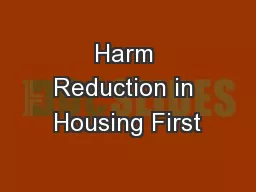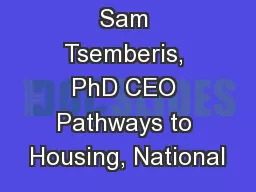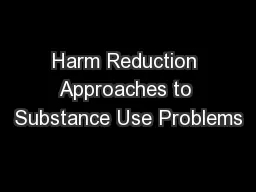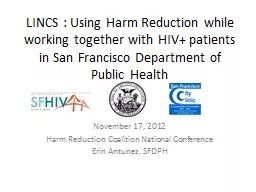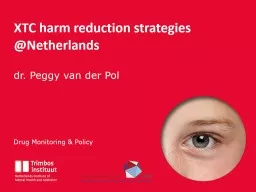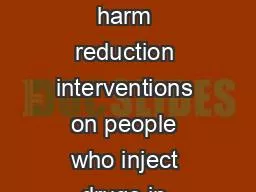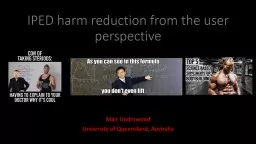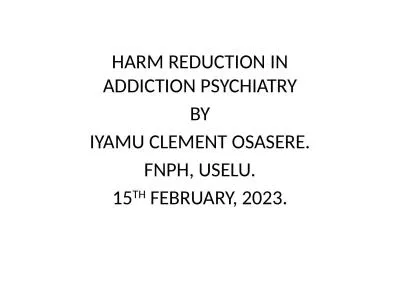PPT-Harm Reduction in Housing First
Author : vestibulephilips | Published Date : 2020-07-04
Matt Tice Oksana Kaczmarczyk MSW LCSW University of Buffalo Matt Tice has worked his way through the ranks of Pathways to Housing PA first as an Assistant Team
Presentation Embed Code
Download Presentation
Download Presentation The PPT/PDF document "Harm Reduction in Housing First" is the property of its rightful owner. Permission is granted to download and print the materials on this website for personal, non-commercial use only, and to display it on your personal computer provided you do not modify the materials and that you retain all copyright notices contained in the materials. By downloading content from our website, you accept the terms of this agreement.
Harm Reduction in Housing First: Transcript
Download Rules Of Document
"Harm Reduction in Housing First"The content belongs to its owner. You may download and print it for personal use, without modification, and keep all copyright notices. By downloading, you agree to these terms.
Related Documents

